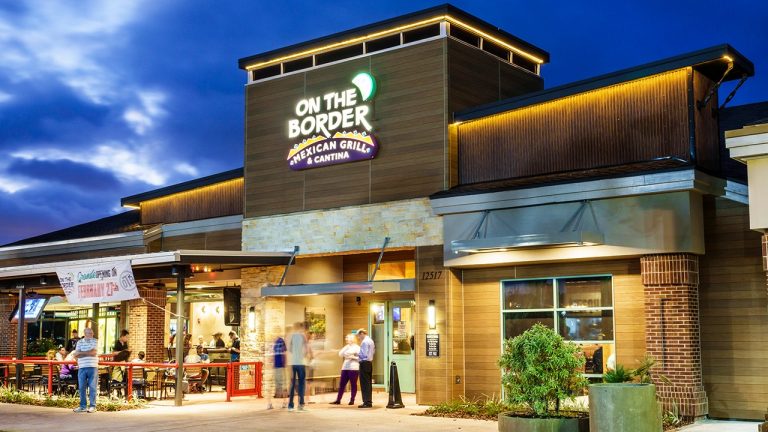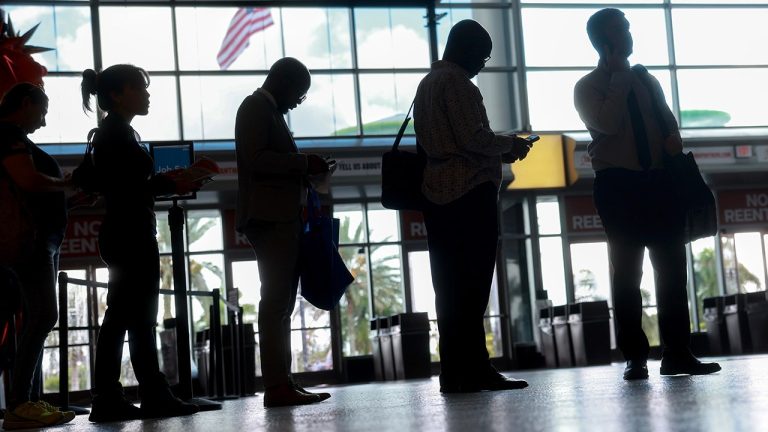
Pensioners are on the front line of the cost-of-living crisis ans many live on low fixed incomes. Saving enough for a comfortable retirement is vital but most of us have no idea how much we need to live on after we finally stop working.
One thing is certain, though. The state pension is nowhere near enough on its own.
The UK Retirement Living Standards survey, by the Pensions and Lifetime Savings Association, aims to give people a clear idea of how much income they need to enjoy different levels of retirement.
To enjoy the minimum living standard, it calculates that a single pensioner needs income of £12,800 a year, while a couple needs £19,900.
That will only fund a basic a lot of living but is still notably higher than the new basic state pension, paid to those who retired after April 6, 2016.
That currently pays just £10,600 a year, which is a staggering £2,200 below the minimum survival threshold. No wonder so many pensioners live in poverty.
Life is even tougher for those on the old basic state pension, which pays a maximum of just £8,122 a week to those who retired before April 2016.
It is an incredible £4,678 less than people need to live on.
Basic state pensioners may get a valuable top up from the state second pension (S2P) or the state earnings related pension scheme (Serps).
Incredibly, though, some on the basic state pension get less than £8,122 a year, particularly older women. They need to claim means-tested state pension top-up pension credit to survive.
That lifts the income of a single pensioner to just £10,454. Again, it’s nowhere near enough.
If you want a better standard of living in your final years, then you need to build enough pension and other savings to generate income on top of the state pension.
A single person needs £23,300 a year for a moderate retirement living standard, rising to £34,000 for a couple.
This would cover treats like the odd meal out and a Netflix subscription, but isn’t enough to be rid of money worries.
To enjoy a comfortable retirement, a single person needs income of £37,300 a year, while a couple needs £54,500.
These figures underline why it is so important for the government to pay this year’s state pension triple lock increase in full, and protect the mechanism in future.
Life is particularly tough for pensioners because the basics such as food and fuel rising faster than anything else, and this is what they spend most of their income on.
Food prices rose by 12.1 percent during the year to September. That’s down from 13.6 percent in August but still incredibly high.
And this winter’s home energy bills could be unexpectedly high, too.
READ MORE: Tories told they face chaos as ‘triple lock’ hangs in balance
As inflation climbs, pensioners will find it even harder to generate enough income from their pensions and savings, says Lucie Spencer, director in financial planning at UK wealth manager Evelyn Partners.
“Someone who retires at today’s state pension age of 67 could quite easily need 25 years of pension income. They’ll have to save hard to achieve it.”
The longer you live, the more pension you need to ensure it lasts.
To achieve the most basic standard of living, pensioners need savings of £17,500 on top of a maximum state pension, Spencer calculates. “Yet almost a third of Britons won’t any retirement savings at all when they retire.”
Hitting that moderate income target of £23,300 requires a full state pension plus £283,000 in personal pension and other savings.
To enjoy a comfortable retirement on income of £37,300 a year requires full state pension and £638,000. Which is a truly daunting sum to aim at.
Everybody should check how much wealth they are building up, to see whether they are on course for a comfortable retirement.
Many are deterred, because the sums are so large and most workers will never get there. Especially if more of us do live to be 100.







